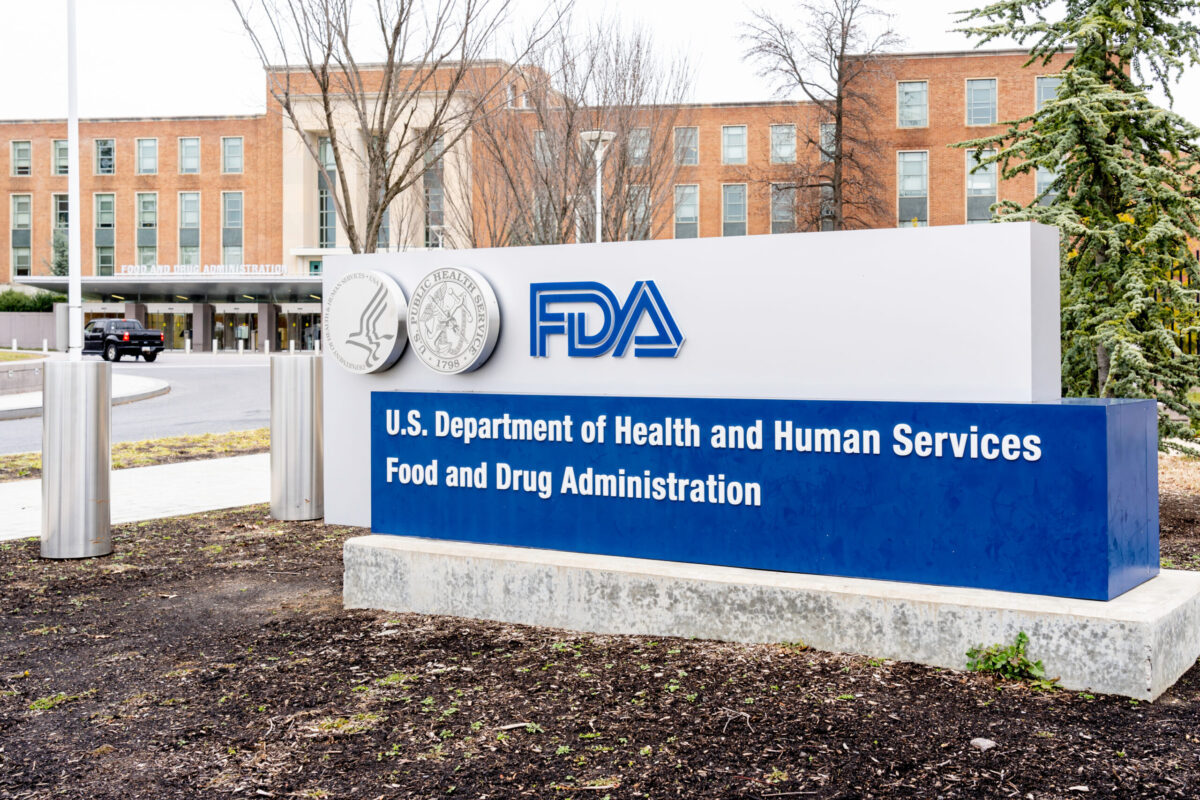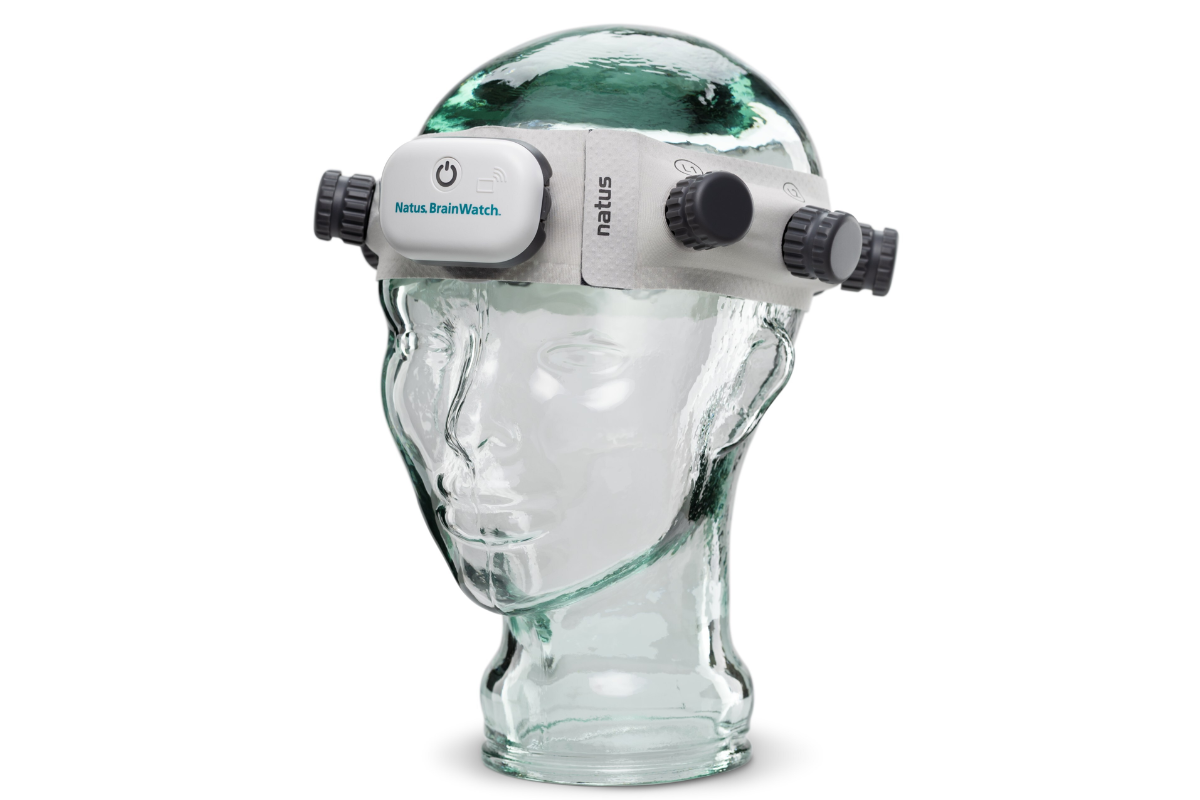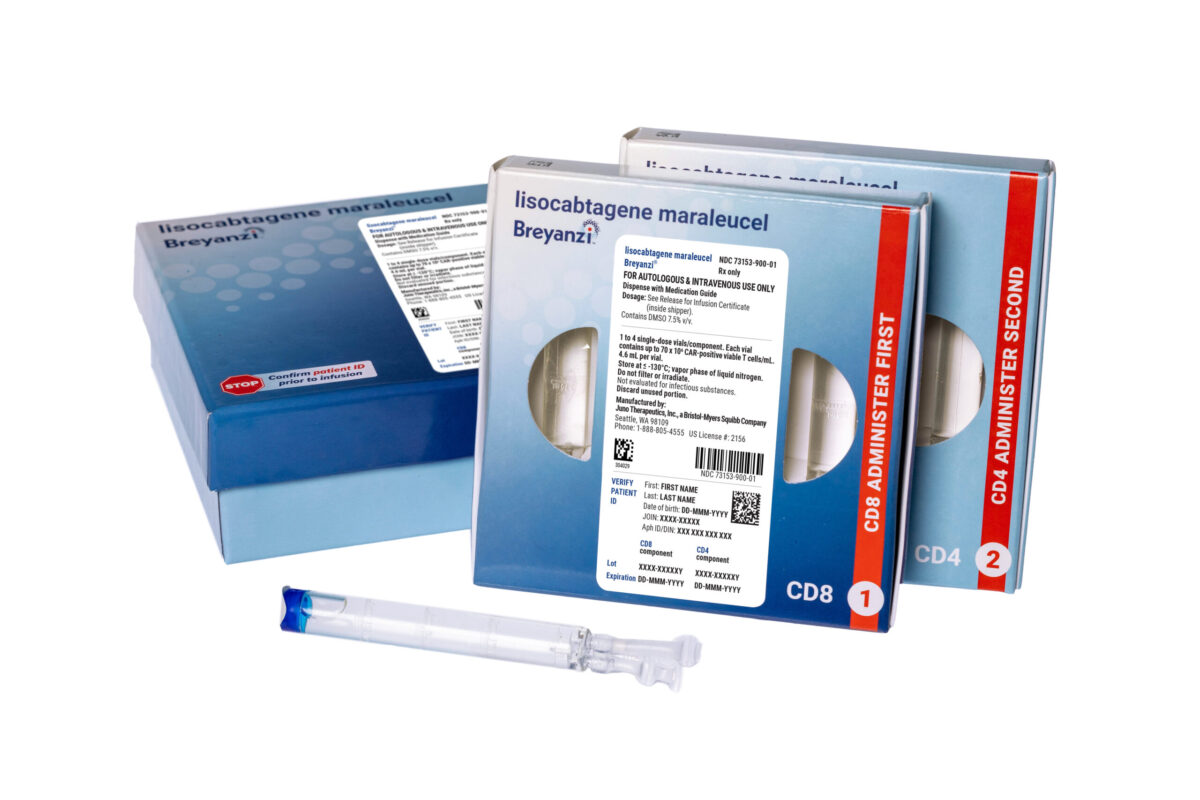According to the Migraine Research Foundation, approximately 38 million Americans suffer from migraine headaches. While there are two classes of drugs – triptans and dihydroergotamine (DHE) – that are thought to be effective at treating migraine symptoms, they carry a US Food and Drug Administration (FDA) black box warning for two subtypes of migraines, due to a risk of stroke.
A new study conducted by researchers at Abington-Jefferson Health, has shown that patients prescribed the drugs off-label experienced no cardiovascular side-effects, including stroke, while taking the medication. The results of the study suggest that these medications could be safe for a new subset of migraine sufferers, including the 10 million patients that experience migraine-associated changes in vision, touch, speech, thinking or strength, known as an aura.
“There are not enough medicines out there to appropriately manage migraine headaches,” said Dr. Brad Klein, Medical Director of the Headache Center at Abington Hospital-Jefferson Health, and senior author on the publication. “At a time in history when an unprecedented number of people are getting hooked on narcotic opiates by way of prescribed medications – as is the case with migraine sufferers as well – we owe it to ourselves as physicians to try medications that could work without the risk of addiction.” The study was published in the journal, Headache.
Researchers in the field believe migraines are the result of swelling of the blood vessels that supply oxygen and nutrients to the brain, which causes a pain response. In contrast, two subsets of migraines – known as basilar and hemiplegic – are thought to trigger pain by constricting the blood vessels.
As triptans and DHE work by constricting blood flow, drug developers decided to exclude patients with basilar and hemiplegic migraines from early clinical trials of the treatments. Their worry was that further narrowing of the brain’s blood supply in patients with already-constricted vessels, could put them at an increased risk of stroke.
“As a result, no one ever actually showed that these drugs were dangerous – they were just assumed to be dangerous based on their mechanism of action,” said Klein. “And recent research suggests that the auras are not due to blood vessel constriction.”
In an effort to determine whether these drugs did really increase a basilar or hemiplegic patient’s risk of stroke, Klein and his colleagues at Brigham and Women’s Hospital in Boston collected data from four headache centers around the US, and performed a retrospective analysis. They identified 80 patients who had symptoms suggesting a basilar or hemiplegic diagnosis, and were prescribed triptan or DHE.
None of these patients experienced a stroke or heart attack during the routine follow-up period of several months after starting treatment. This study had the largest patient cohort to date, and was one of the first to look at patients treated with DHE.
“Because auras are associated with basilar and hemiplegic migraine, many physicians refuse to give these drugs to any patients experiencing an aura out of a false sense of precaution,” said Klein. Instead of being prescribed these effective medications, patients with migraines are often given potentially-habit forming opioid narcotics.












Join or login to leave a comment
JOIN LOGIN